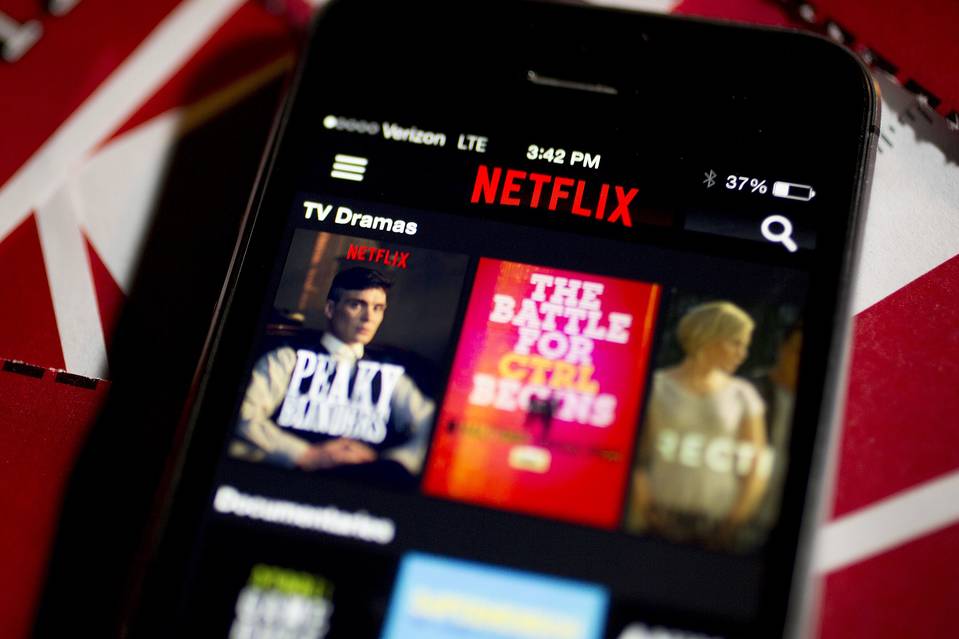Even Netflix ($NFLX) CEO is baffled by high stock price
Analysts weighing in on the report were upbeat, and many think the stock should be even higher.
Netflix [stckqut]NFLX[/stckqut] reported second-quarter per-share earnings of 6 cents, topping Wall Street estimates of 4 cents. Revenue of $1.64 billion was pretty much in line with the FactSet consensus of $1.65 billion. But the real linchpin for analysts was the strong growth in international subscribers.
Netflix said it added 3.3 million new subscribers in the quarter—0.9 million domestically and 2.4 million internationally. The new members helped Netflix eclipse 65 million members worldwide—42 million in the U.S. and 23 million internationally.
Source: Even Netflix CEO is baffled by high stock price – MarketWatch



